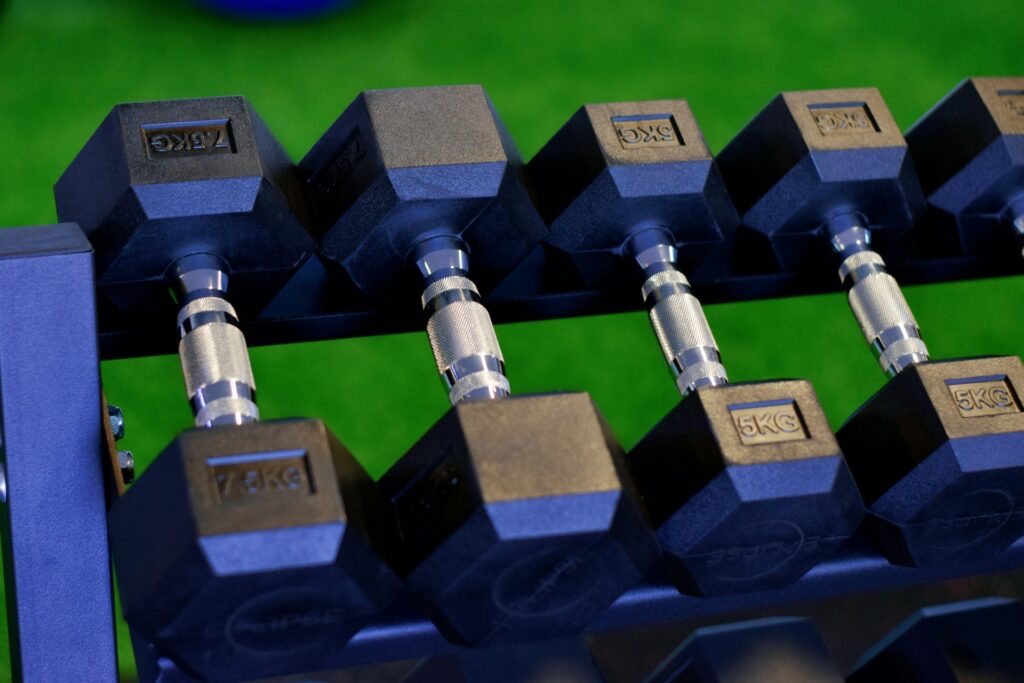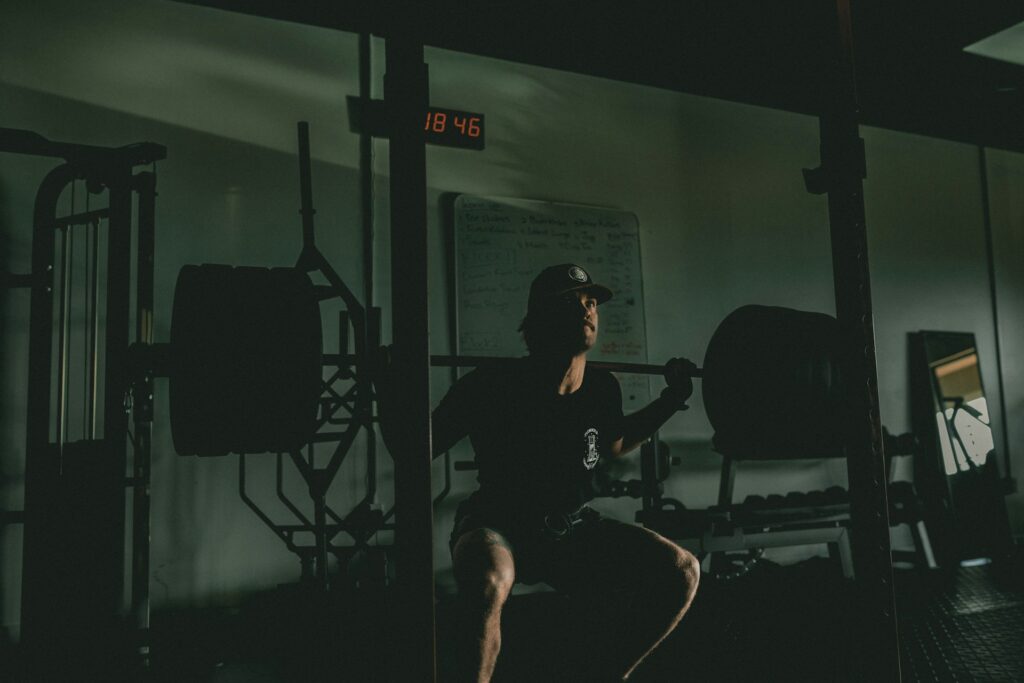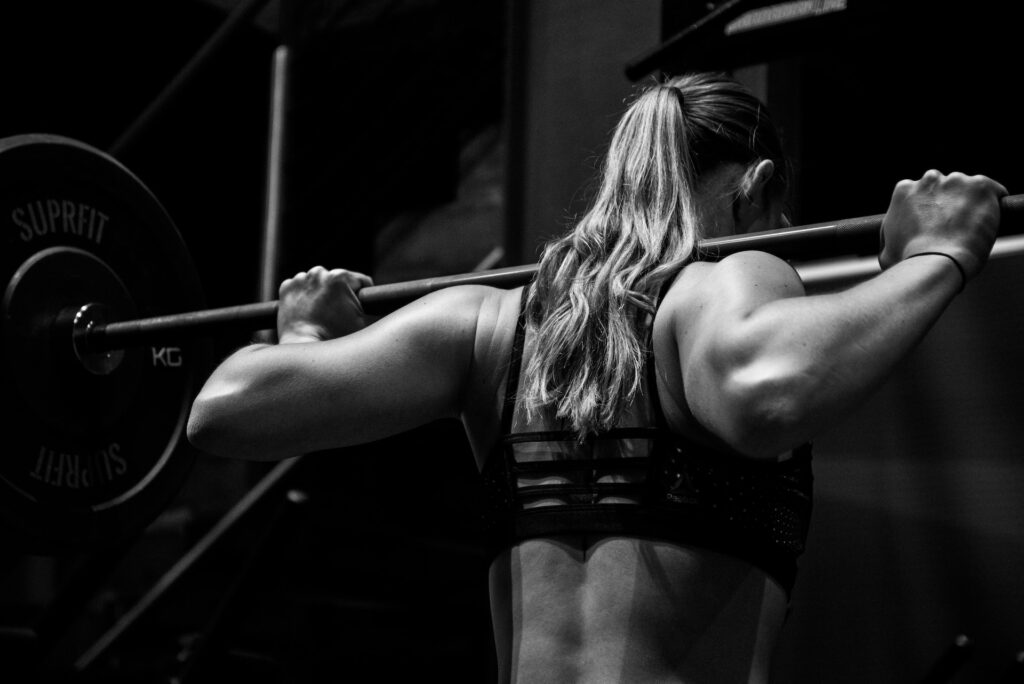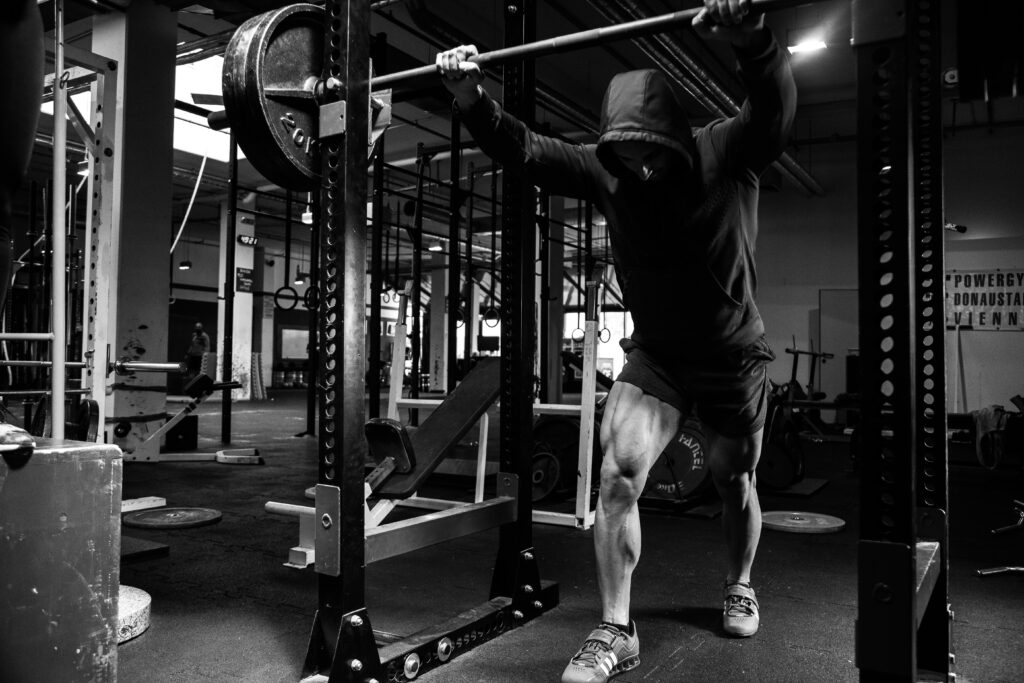Instruction and interpretation
All too often, those who are new to the gym sign up with a trainer that offers a low effort programme that sees 3-6 exercises with 3 sets of 10 reps. It has become part of exercise culture that this is the start point, but it must be said that there is nothing magical about performing 3 sets or performing 10 reps. In all honesty, there is nothing magical about any number of sets or reps. The issue comes with how vague the instruction, how literal the interpretation is and not being given guidance on when/how to progress.
The arbitrary number of reps
The question is why 10 reps. Is it because it sounds good or is it because it’s a whole number? Probably a bit of both in reality. The problem with giving somebody a single number to aim for is that in general, that’s exactly what they’ll do and they won’t go past it. This means that even if the set was beyond easy, and they had 5-6 more reps in the tank, 10 is where they stop. This is why the client needs to be given the education as to why they are hitting a set amount or reps while also understanding when it’s time to either perform more reps or increase load/weight.
Not every client will care and that is completely fine, but what they need to understand is that consistently doing the same thing that isn’t providing the body with a reason to adapt will simply cause stagnation. This is why rep ranges and the double progression scheme should be introduced and taught, which will be talked about later in this article.

The arbitrary number of sets
The number of sets should be dictated by the ability and skill of the lifter, the amount of training sessions they can complete, the amount of time they can dedicate per session and their recovery capabilities. Current literature shows that 8-20 sets per muscle per week gives optimal growth. Now this doesn’t mean that you must do this volume of sets as going from 0 to 3 sets will cause growth and in the early stages of lifting, performing 8 sets in a single session could be too much from both a recovery and productivity perspective. This could then see the lifter split their volume into two sessions meaning anywhere between 4-10 sets per session for that muscle per session.
Muscle usually work in different planes of motion and have different joint actions. Take the pecs for example, they can both go through pressing and fly based movements. That means that if you are working with as little as 4 sets, you can give 2 sets to each one of these movements.
3 sets isn’t necessarily a bad total number of sets, the problem lies with the intensity provided within those sets alongside the quality. Remember that although commonly spouted, volume is not a driver hypertrophy so we can’t just expect to always do more and grow. Keep the quality and intensity high with the volume on the lower side.
Intensity within sets
Exercise intensity is often seen to be measured on either a reps in reserve (RIR) or a rate of perceived exertion (RPE) scale. Both of these methods are used to gather an understanding of how close you are training to failure and how many effective reps are being accumulated.
The problem with 3 sets of 10 reps is that there is no intensity scale provided, so your 3×10 may look and feel very different to someone else’s. in order to understand what and RPE level 10 feels like or an RIR score of 0, you must first train until you cannot achieve another rep, memorise that sensation and log your numbers so that when you next attempt a set in the same conditions, you have a reference point to go by.
Although it is widely reported that muscle growth can occur on a rep scheme of between 5-30, with some studies showing as high as 50 reps, it is the effective reps that are usually the final 1-6 reps before a set finishes that provide the stimulus and reason to grow. The rep speed slowing down involuntarily is the main sign of this happening.
The overarching point is intensity applied within a rep range will see far better and more consistent results.

Photo by Gordon Cowie on Unsplash
Rep ranges & the double progression scheme
A rep range is a set of numbers to aim for when performing a set. The load used should allow the user to hit their desired intensity between the minimum and ideal upper end of the rep range. The rep range should be selected first with the lifter trialing different loads to see what fits appropriately.
The double progression scheme is a way to monitor when to progress the weight for your chosen lift while using the rep range as your guide. This method involves only moving onto the next weight increment when the final rep in the rep range has been hit. Some coaches will ask clients to hit this multiple sessions in a row to ensure that strength has been built while others will get them to move up after hitting it the first time. For example, if your rep range is between 8-12, when you can hit 12 reps at the chosen weight, you then move to the next weight increment and repeat the cycle.
Rep ranges will need to be appropriately selected for this scheme to work. Multi-joint movements will be able to use smaller rep ranges where the number of reps to aim for can be as low as a 3 rep difference, for example 6-9 reps. Single joint work where we are typically weaker may need a larger rep difference of 5+ which could rep schemes of 10-15 or 10-20 used.
It is also worth noting that even if you hit the maximum rep total for your set, there is no guarantee you can hit the next weight for the minimum reps, e.g. hitting 20 reps at 6kg with a lateral raise doesn’t mean you can hit 10 reps at 8kg.

Photo by Ömer Haktan Bulut on Unsplash
Conclusion
To sum up, you don’t always need to be doing 3 sets of every exercise and the intensity of the exercise alongside frequent progressions with the same form should be the top priority. Select a rep range that is appropriate to the movement you are performing and don’t shy away from exceeding the total prescribed reps if you still have the energy to complete more. The main takeaway should be to never stop a set because you hit the target number.
–
If you want to see more information on training and nutrition, see my latest Instagram posts at @the_biomechanics_coach. Or, if you are interested in exploring other areas of your training and becoming the best athlete you can be, what about reading my last post on when to change a movement.



